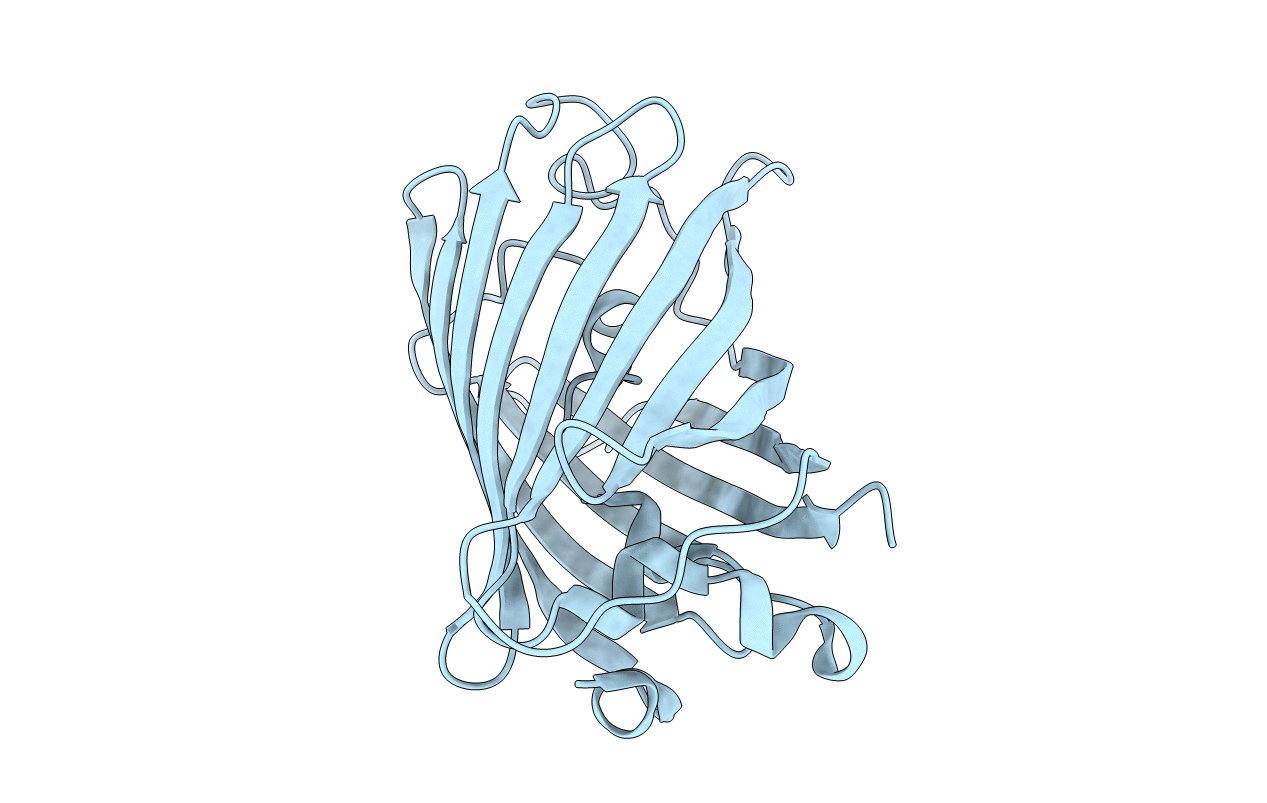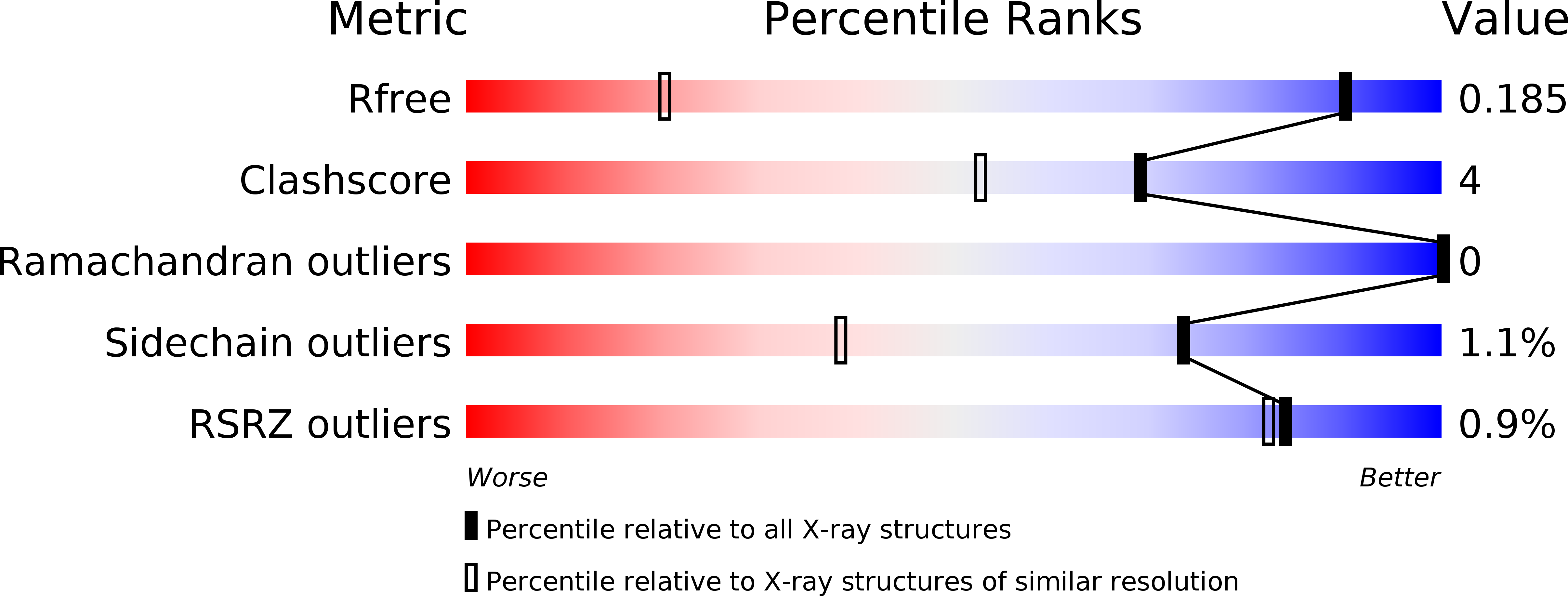
Deposition Date
2009-09-08
Release Date
2009-09-29
Last Version Date
2024-10-23
Entry Detail
PDB ID:
2WSO
Keywords:
Title:
Structure of Cerulean Fluorescent Protein at physiological pH
Biological Source:
Source Organism:
AEQUOREA VICTORIA (Taxon ID: 6100)
Host Organism:
Method Details:
Experimental Method:
Resolution:
1.15 Å
R-Value Free:
0.17
R-Value Work:
0.14
R-Value Observed:
0.14
Space Group:
P 21 21 21


